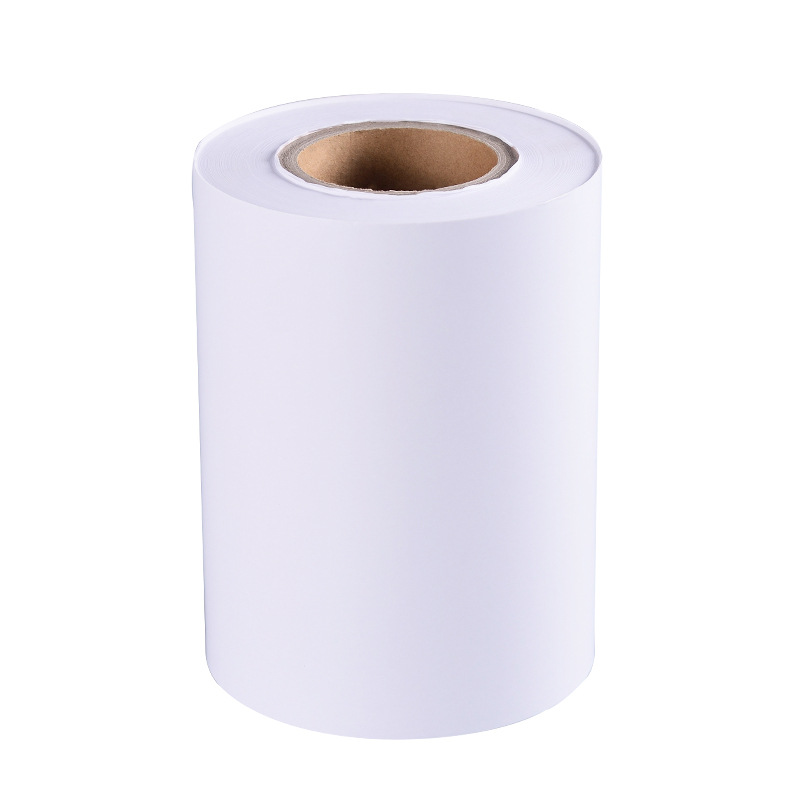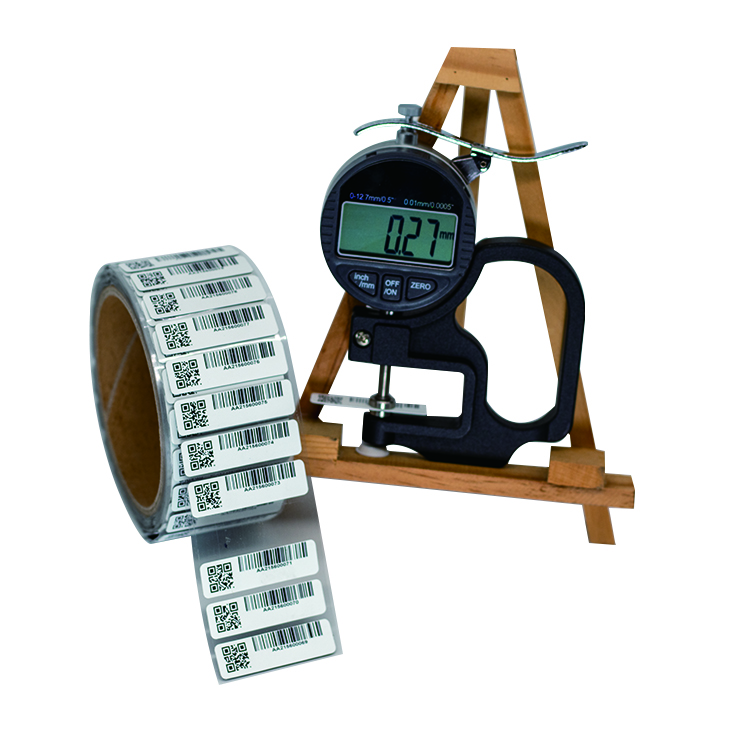High-Temperature Resistant Label: A Review of Excellent Quality
Sticker labels play a crucial role in various industries, providing essential information and enhancing product branding. Among the diverse range of labels available, high-temperature resistant labels have gained significant attention due to their exceptional performance under extreme heat conditions. This article will delve into the features, benefits, and applications of these labels, highlighting their excellent reviews and the need for their usage in relevant industries.
Features of High-Temperature Resistant Labels
High-temperature resistant labels are specifically designed to withstand elevated temperatures, ensuring that the information they carry remains intact and legible. These labels are manufactured using advanced materials and adhesives that can withstand extreme heat without compromising their quality. Some key features of these labels include:
- Temperature Threshold: High-temperature resistant labels are engineered to withstand temperatures ranging from 300 to 500 degrees Celsius, making them suitable for applications in industries such as automotive, aerospace, and electronics.
- Adhesive Strength: The adhesive used in these labels is formulated to maintain its bonding capabilities even under high temperatures, preventing labels from peeling off or becoming illegible.
- Durability: High-temperature resistant labels are highly durable, ensuring that they remain intact and readable even in harsh environments, including exposure to chemicals, oils, and solvents.
- Print Quality: These labels offer excellent print quality, ensuring that the information printed on them remains visible and readable throughout their lifespan.
Benefits and Applications
The exceptional performance of high-temperature resistant labels offers several benefits to industries operating in extreme heat conditions. Some key advantages include:
- Product Identification: High-temperature resistant labels enable accurate and reliable product identification, ensuring that critical information such as serial numbers, barcodes, and manufacturing dates remain intact and legible.
- Process Efficiency: These labels contribute to improved process efficiency by minimizing errors caused by illegible or damaged labels. This, in turn, reduces downtime and enhances overall productivity.
- Regulatory Compliance: In industries where compliance with safety and regulatory standards is crucial, high-temperature resistant labels provide a reliable solution to meet these requirements.
- Brand Integrity: By maintaining their quality and legibility even in extreme conditions, these labels contribute to preserving brand integrity and enhancing customer trust.
High-temperature resistant labels find applications in various industries, including:
- Automotive: These labels are used on engine components, exhaust systems, and other parts exposed to high temperatures during operation.
- Aerospace: Labels applied to aircraft engines, turbines, and critical components ensure accurate identification and maintenance records.
- Electronics: High-temperature resistant labels are utilized in electronic devices, circuit boards, and other components subject to heat during manufacturing and operation.
- Industrial Manufacturing: Labels used in metal fabrication, foundries, and other high-temperature processes ensure accurate tracking and identification of products.
Conclusion
High-temperature resistant labels have garnered excellent reviews for their exceptional performance, durability, and ability to withstand extreme heat conditions. These labels play a vital role in industries where accurate and reliable identification is crucial, ensuring compliance with safety standards and enhancing process efficiency. With their advanced materials and adhesives, high-temperature resistant labels provide a reliable solution for industries operating in high-temperature environments. By choosing these labels, businesses can maintain brand integrity, improve productivity, and meet regulatory requirements effectively.
We offer comprehensive technical support, including free professional labeling solutions, advice on label materials and adhesive selection, as well as online/offline assistance from professional software and hardware engineers. Service email: andy@ownlikes.cn. In pre-sales, we leverage our extensive experience in specialty labeling projects to provide clients with the most suitable hardware solutions. Additionally, all our label barcode printers and scanners come with a three-year free warranty, demonstrating our confidence in our products.






This site is protected by reCAPTCHA and the Google Privacy Policy and Terms of Service apply.